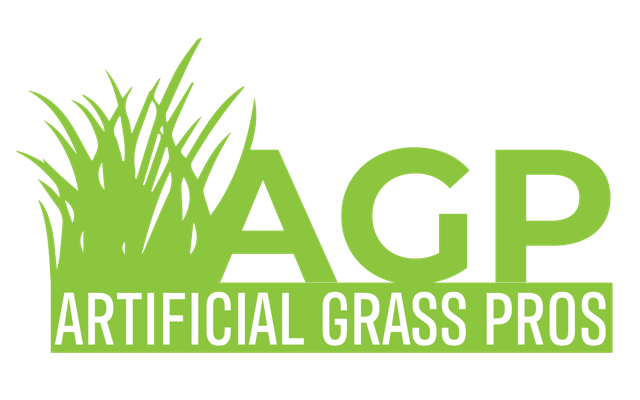Artificial grass has become famous for homeowners looking for a low-maintenance, aesthetically pleasing lawn. Though manageable for DIY enthusiasts, the installation process requires attention to detail to ensure a flawless finish. Here’s a comprehensive guide to help you understand the process of installing artificial grass.
1. Planning and Preparation
Evaluate and Measure the Area:
- Start by assessing the area where you plan to install the synthetic turf. Measure the dimensions accurately to determine the amount of turf needed.
- Consider existing features like trees, flower beds, or pathways that might affect the installation process.
Choose the Right Turf:
- Select a high-quality artificial grass that suits your needs. Consider factors like blade length, color, and density to match your preferences and usage requirements.
Gather Tools and Materials:
- You will need various tools, including a shovel, rake, wheelbarrow, measuring tape, utility knife, hammer, nails or staples, a compactor, and joining tape or adhesive.
2. Site Preparation
Clear the Area:
- Remove any existing grass, weeds, rocks, and debris from the area. Use a shovel or a sod cutter for more extensive areas.
Ensure Proper Drainage:
- Check the drainage of the area. Install a drainage system to prevent water accumulation under the turf if needed.
Add a Base Layer:
- Lay down a base layer of crushed stone or gravel (typically 3-4 inches thick). This helps with drainage and provides a stable foundation.
- Compact the base layer using a plate compactor to create a smooth, even surface.
3. Installing the Turf
Roll Out the Turf:
- Unroll the artificial grass over the prepared base. Allow the turf to acclimatize for a few hours before cutting it to size.
- Ensure the grass blades face the same direction for a uniform look.
Trim and Secure the Edges:
- Use a utility knife to trim the edges of the turf, ensuring a precise fit around borders and obstacles.
- Secure the edges using landscaping spikes or nails, placing them about 6-8 inches apart.
Seam the Pieces:
- If your area requires multiple pieces of turf, use joining tape and adhesive to secure the seams.
- Ensure the seams are tight and the blades of grass blend seamlessly.
4. Finishing Touches
Infill the Grass:
- Add an infill material, such as silica sand or rubber granules, to help the grass blades stand upright and improve the turf’s durability.
- Use a drop spreader to distribute the infill evenly and a broom or power brush to work it into the grass fibers.
Brush and Fluff:
- Regularly brush the artificial grass to keep the blades upright and looking natural.
- This also helps distribute the infill material more evenly.
5. Maintenance Tips
Regular Cleaning:
- Remove debris such as leaves and dirt regularly to keep your artificial grass looking fresh.
- Use a hose to rinse off dust and pet waste.
Brushing:
- Periodically brush the turf to maintain the upright position of the blades and ensure an even distribution of infill.
Inspect and Repair:
- Regularly inspect the turf for any signs of wear or damage. Promptly repair any issues to prolong the life of your artificial grass.
Conclusion
Artificial grass can transform your outdoor space into a green, lush, and low-maintenance oasis. By following these steps and dedicating some time and effort, you can achieve a professional-looking result that will enhance your home’s curb appeal and provide a durable, beautiful lawn for years to come.

Recent Comments